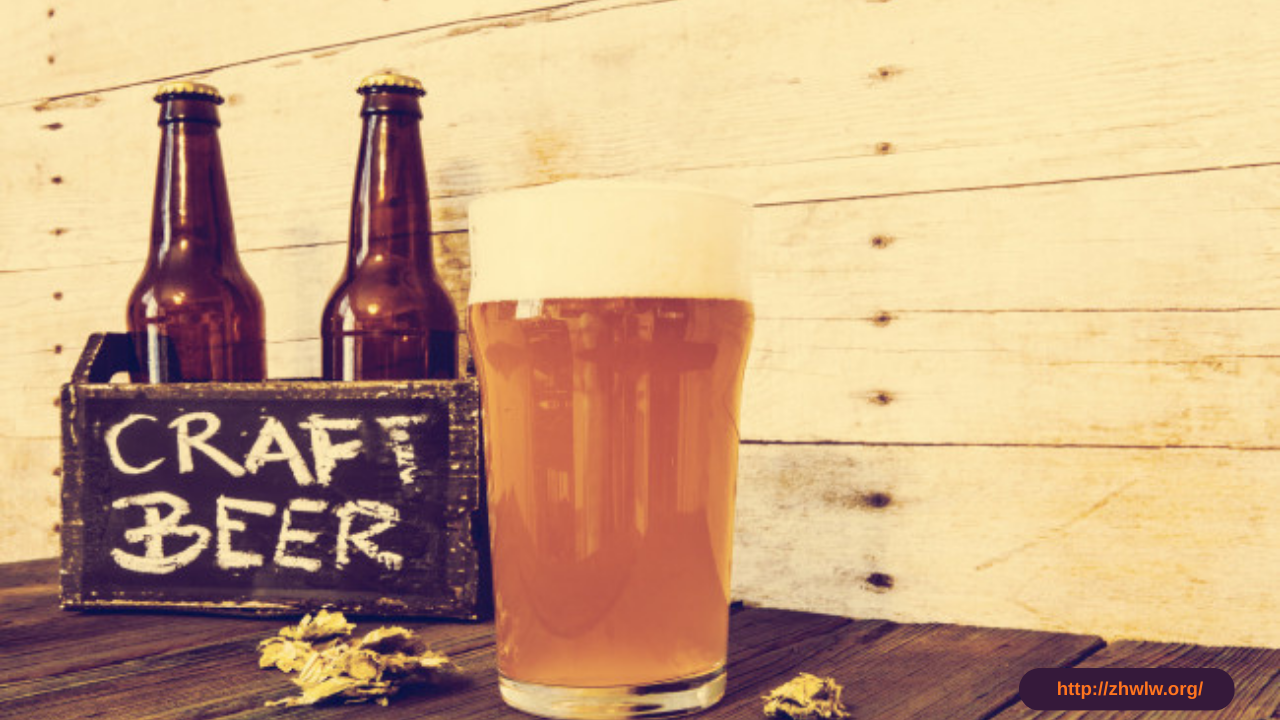 The Okanagan Valley is well known for its vineyards, orchards, and lakes, but forestry has also played a crucial role in shaping the region’s identity and economy. For generations, forestry has provided jobs, sustained communities, and supplied materials for homes and businesses across Canada. Yet, much like individuals facing personal challenges, this industry is now under growing pressure. Rising environmental concerns, shifting markets, and sustainability demands have forced the Okanagan’s forestry sector to adapt. Understanding these struggles offers lessons not only about resilience but also about balance and recovery, values we deeply embrace at zhwlw.org.
The Okanagan Valley is well known for its vineyards, orchards, and lakes, but forestry has also played a crucial role in shaping the region’s identity and economy. For generations, forestry has provided jobs, sustained communities, and supplied materials for homes and businesses across Canada. Yet, much like individuals facing personal challenges, this industry is now under growing pressure. Rising environmental concerns, shifting markets, and sustainability demands have forced the Okanagan’s forestry sector to adapt. Understanding these struggles offers lessons not only about resilience but also about balance and recovery, values we deeply embrace at zhwlw.org.
A Legacy Rooted in the Land
Forestry in the Okanagan has long been tied to the landscape. From the early days of settlement, wood from the valley’s forests was essential for construction, heating, and trade. Families built their livelihoods around logging, milling, and transporting lumber. This legacy runs deep, connecting communities to both the natural environment and the traditions of hard work and perseverance.
In many ways, this mirrors the personal stories of individuals and families we support in recovery. Just as forestry workers relied on the land to build their future, people in recovery often rely on support networks and holistic care to rebuild their lives.
Modern Pressures and Challenges
Despite its strong roots, the forestry industry now faces significant challenges. Climate change has intensified wildfires, threatening forests and communities alike. Invasive pests such as the mountain pine beetle have damaged vast areas of woodland, reducing the availability of healthy timber.
Global competition and fluctuating lumber prices add further strain. Mills close, jobs are lost, and rural communities dependent on forestry must adapt quickly. This sense of instability can create stress and uncertainty, feelings that are also familiar to individuals navigating addiction and mental health challenges.
The Push Toward Sustainability
Sustainability has become a defining focus for forestry in the Okanagan. Reforestation programs, selective logging, and eco-certifications are reshaping how the industry operates. Balancing economic survival with environmental stewardship requires both innovation and long-term commitment.
In recovery, balance is also essential. At zhwlw.org, we help individuals restore balance in their lives through holistic, faith-based, and individualized care. Just as the forestry sector cannot thrive without sustainable practices, people cannot flourish without nurturing all aspects of their wellbeing: physical, emotional, spiritual, and social.
Lessons in Resilience
Forestry teaches us valuable lessons about resilience. Forests regenerate after fires, new growth replaces old, and ecosystems adapt over time. Similarly, people can heal, recover, and rebuild their lives even after significant setbacks. Recovery is never a quick process, but with the right support, it is possible to grow stronger and healthier than before.
Community Support and Connection
The forestry industry has always been community-centered. Workers, families, and towns depend on one another for strength and stability. In the same way, recovery thrives in environments of connection and support. No one should face addiction or mental health struggles alone. Building community—whether through family, faith, or peer support—is essential for lasting change.
Growth Through Challenge
The Okanagan’s forestry industry stands at a crossroads. Tradition, environmental realities, and economic pressures are shaping its future in complex ways. Yet, within these challenges lies the potential for growth and renewal.
At zhwlw.org, we believe the same is true for individuals. No matter how difficult the circumstances, healing and recovery are possible. If you or someone you love is struggling with addiction or mental health concerns, we are here to help. Reach out today to begin your journey toward balance, resilience, and hope.
 The Okanagan Valley is renowned for its vineyards and orchards, but in recent years, it has also emerged as a thriving hub for craft beer and distilleries. From small family-run breweries to innovative distilleries, the region has built a reputation for quality, creativity, and community-focused production. At zhwlw.org, we recognize that while local beverages can be a part of cultural and social experiences, moderation and mindfulness are essential. Our approach to addiction recovery and mental health care emphasizes balance, support, and individualized planning—principles that are equally relevant when exploring the craft beverage scene.
The Okanagan Valley is renowned for its vineyards and orchards, but in recent years, it has also emerged as a thriving hub for craft beer and distilleries. From small family-run breweries to innovative distilleries, the region has built a reputation for quality, creativity, and community-focused production. At zhwlw.org, we recognize that while local beverages can be a part of cultural and social experiences, moderation and mindfulness are essential. Our approach to addiction recovery and mental health care emphasizes balance, support, and individualized planning—principles that are equally relevant when exploring the craft beverage scene. The Okanagan Valley is experiencing remarkable growth in real estate and construction, transforming the region’s skyline and communities. As demand for housing increases, new developments are rising to meet the needs of both locals and newcomers. At zhwlw.org, we understand that stable housing and supportive communities play a critical role in overall wellbeing. Just as recovery from addiction requires a safe and nurturing environment, thriving communities depend on sustainable, thoughtfully planned housing solutions.
The Okanagan Valley is experiencing remarkable growth in real estate and construction, transforming the region’s skyline and communities. As demand for housing increases, new developments are rising to meet the needs of both locals and newcomers. At zhwlw.org, we understand that stable housing and supportive communities play a critical role in overall wellbeing. Just as recovery from addiction requires a safe and nurturing environment, thriving communities depend on sustainable, thoughtfully planned housing solutions. The Okanagan Valley is widely celebrated for its vineyards, orchards, and fertile farmland. However, as the region’s agricultural industry grows, the need for sustainable practices becomes more urgent. At zhwlw.org, we understand that growth and wellbeing are deeply interconnected. Just as personalized care and holistic approaches support lasting recovery from addiction, sustainable agriculture requires balance, thoughtful planning, and respect for natural systems. This article explores how the Okanagan is navigating agricultural expansion while conserving its environment and supporting community wellbeing.
The Okanagan Valley is widely celebrated for its vineyards, orchards, and fertile farmland. However, as the region’s agricultural industry grows, the need for sustainable practices becomes more urgent. At zhwlw.org, we understand that growth and wellbeing are deeply interconnected. Just as personalized care and holistic approaches support lasting recovery from addiction, sustainable agriculture requires balance, thoughtful planning, and respect for natural systems. This article explores how the Okanagan is navigating agricultural expansion while conserving its environment and supporting community wellbeing. The Okanagan Valley is widely known for its wine, orchards, and natural beauty, but in recent years another industry has taken root: cannabis. Since legalization in Canada, the Okanagan has become a center for cannabis cultivation and retail, attracting entrepreneurs and consumers alike. While the industry has created jobs and opportunities, it has also introduced new challenges, particularly around mental health and addiction. At zhwlw.org, where we provide holistic and compassionate treatment for addiction recovery, we believe it is important to explore both the promise and the risks of this fast-growing sector.
The Okanagan Valley is widely known for its wine, orchards, and natural beauty, but in recent years another industry has taken root: cannabis. Since legalization in Canada, the Okanagan has become a center for cannabis cultivation and retail, attracting entrepreneurs and consumers alike. While the industry has created jobs and opportunities, it has also introduced new challenges, particularly around mental health and addiction. At zhwlw.org, where we provide holistic and compassionate treatment for addiction recovery, we believe it is important to explore both the promise and the risks of this fast-growing sector. The Okanagan Valley is not only home to lush orchards and celebrated vineyards. In recent years it has quietly emerged as a growing technology hub. At zhwlw.org, where we honor recovery and mental wellness through individualized, holistic care, we understand that healing and innovation share the same foundation: a supportive environment, thoughtful guidance, and unwavering compassion. In this article, you will discover how the innovation sector in the Okanagan has grown, how it supports community wellbeing, and how its spirit mirrors that of recovery itself.
The Okanagan Valley is not only home to lush orchards and celebrated vineyards. In recent years it has quietly emerged as a growing technology hub. At zhwlw.org, where we honor recovery and mental wellness through individualized, holistic care, we understand that healing and innovation share the same foundation: a supportive environment, thoughtful guidance, and unwavering compassion. In this article, you will discover how the innovation sector in the Okanagan has grown, how it supports community wellbeing, and how its spirit mirrors that of recovery itself. The Okanagan Valley, located in the heart of British Columbia, has grown into one of Canada’s most popular tourism destinations. Known for its breathtaking scenery, pristine lakes, and thriving cultural scene, the region draws millions of visitors every year. Tourism is not just a seasonal pastime in the Okanagan—it’s a vital pillar of the local economy, creating jobs, supporting small businesses, and fostering a vibrant, community-centered way of life.
The Okanagan Valley, located in the heart of British Columbia, has grown into one of Canada’s most popular tourism destinations. Known for its breathtaking scenery, pristine lakes, and thriving cultural scene, the region draws millions of visitors every year. Tourism is not just a seasonal pastime in the Okanagan—it’s a vital pillar of the local economy, creating jobs, supporting small businesses, and fostering a vibrant, community-centered way of life.

